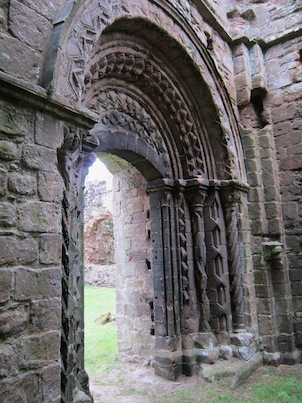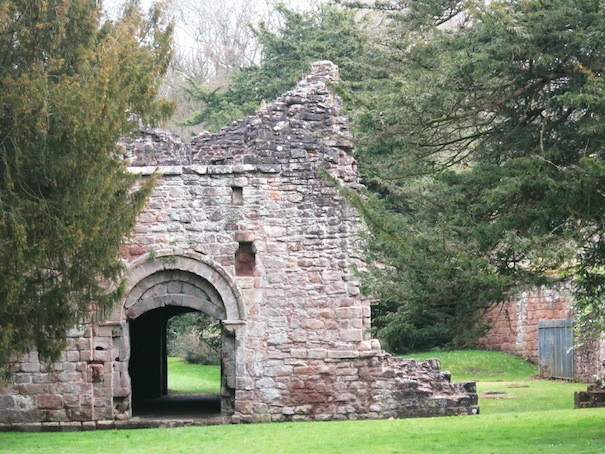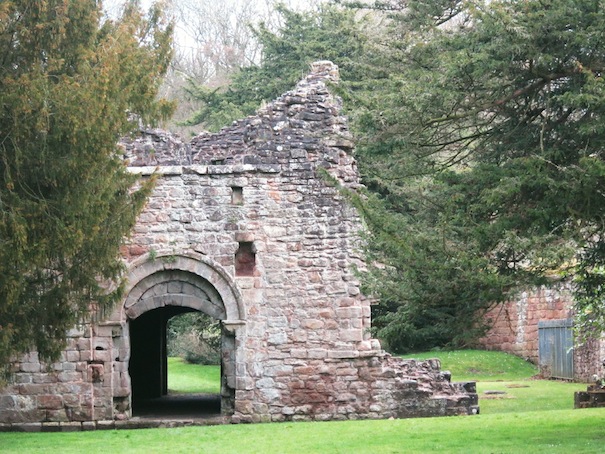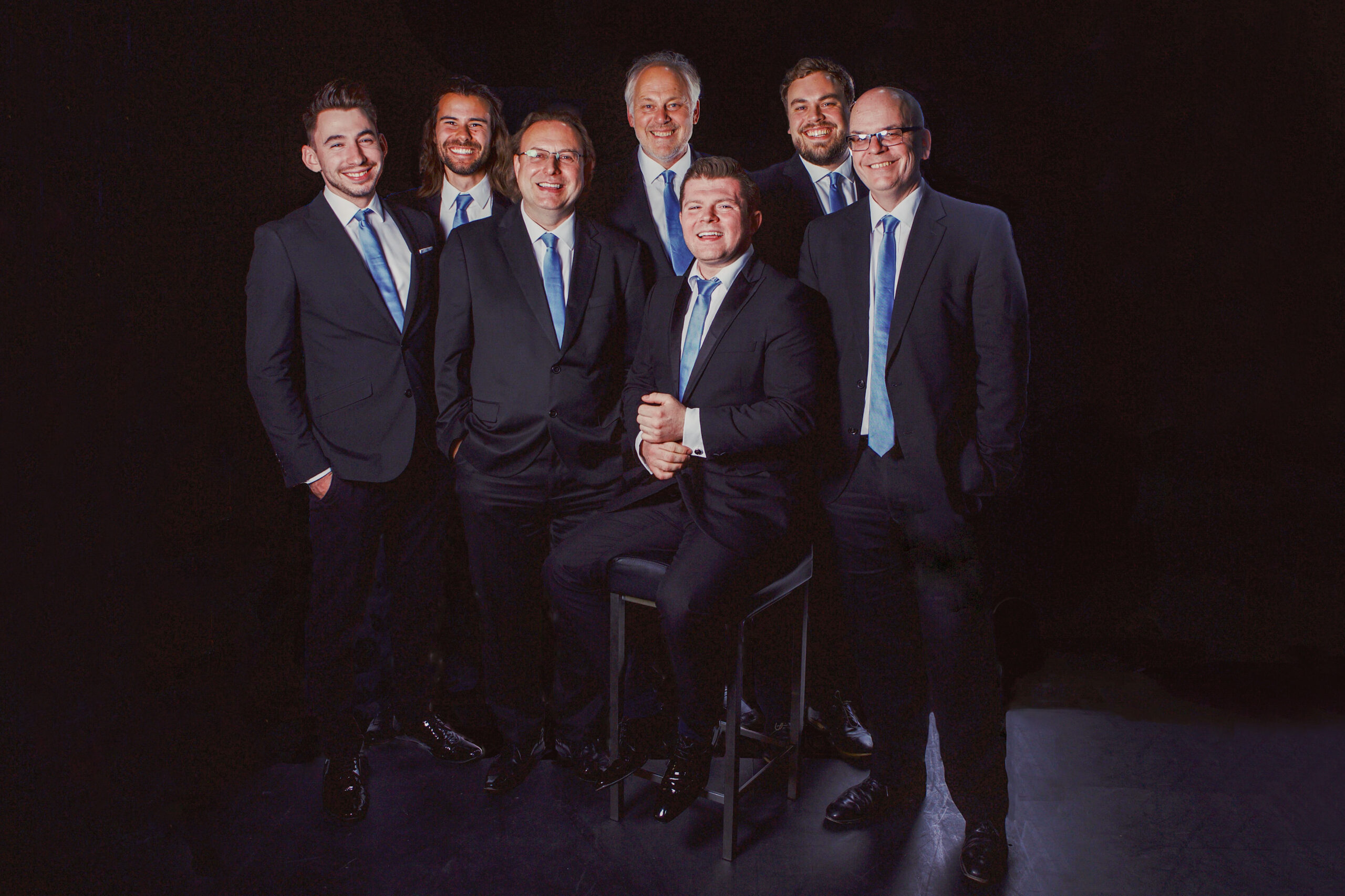Local amateur historian Jean de Ruset explores evocative Lilleshall Abbey.
I’d wanted to visit Lilleshall Abbey as part of my research into haunted places in Shropshire, but sadly, it was closed at the time. It was worth the wait, though… tales of ghostly apparitions and dreadful noises abound: one chap talks cogently about meeting a man of about 30 dressed in a long robe who emerged through the sacristy door. During my visit, I sat for a couple of hours in the peaceful grounds, hoping something might manifest itself, but it was not to be. It’s difficult to associate anywhere as beautiful and tranquil as Lilleshall Abbey with turbulence, violence and misery, but it’s certainly had its fair share of all three.
We’re most fortunate in that we have an abundance of scenic abbeys in Shropshire. Some, such as Wenlock Priory, predate the Norman invasion of 1066, but many, such as Buildwas, Haumond and Lilleshall, were established by the conquering Normans. Buildwas was established by the most powerful of the monastic orders in Europe, the Cistercians. Haughmond and Lilleshall, however, were both built by members of the Augustinan order, founded by St. Augustus of Hippo who lived from AD 354 to 430.
Lilleshall Abbey was founded in 1148 by a small community of Augustinian canons who arrived from Dorchester Abbey in Oxford, which in turn was subservient to the great Augustinian Monastery at Arrouaise in northeastern France.
 Members of the Augustinian order were never noted for their intellectual powers or theological rigour, but clearly the founding fathers of this Abbey were good managers. Within a hundred years of its founding, Lilleshall Abbey had a large portfolio of properties, not just in Shropshire but also in Staffordshire, Warwickshire, Derbyshire, Cheshire and even a large house in London. These outlying estates were managed by a resident steward, and a monk would have to visit regularly from Lilleshall to check all was in order. Lilleshall was a very wealthy abbey due to its land-based economy. The land was worked both by indentured servants – those bound to do a certain amount of unpaid work, which may seem a rather unChristian notion to modern eyes – and by waged labourers.
Members of the Augustinian order were never noted for their intellectual powers or theological rigour, but clearly the founding fathers of this Abbey were good managers. Within a hundred years of its founding, Lilleshall Abbey had a large portfolio of properties, not just in Shropshire but also in Staffordshire, Warwickshire, Derbyshire, Cheshire and even a large house in London. These outlying estates were managed by a resident steward, and a monk would have to visit regularly from Lilleshall to check all was in order. Lilleshall was a very wealthy abbey due to its land-based economy. The land was worked both by indentured servants – those bound to do a certain amount of unpaid work, which may seem a rather unChristian notion to modern eyes – and by waged labourers.
The reason for this outsourcing of labour was that, unlike the earthy Cistercians, who worked the land, Augustinian monks preferred managing their assets to getting their hands dirty. It seems they didn’t much care for matters domestic either: records from the 14th century show that Lilleshall employed two porters, a butler, a chamberlain (whose role was to take charge of the household), two cooks, a baker, a bell-ringer, a cobbler, a washerwoman, a carpenter, several apprentices, a tanner and a brewer.
The land owned by Lilleshall Abbey not only provided all its food, it also produced rents and tithes (10% of everything grown or produced on its land belonged to the Abbey).
Another important income stream was generated by wealthy persons who wanted to be buried within the sanctity of the Abbey’s precincts and would pay handsomely in life for the privilege: they would also pay the monks to chant prayers every day after death for the salvation of their immortal souls.
The Abbey’s income suffered a huge depletion due to the depopulation of the labouring classes as result of the Black Death in 1348 and it was two decades before it regained its wealth – which was ultimately its downfall. The Tudor dynasty had been casting a covetous eye over the riches of the Roman Catholic monasteries since the 1520s and before. Henry VIII’s break with Rome in the 1530s gave him and his chancellor Thomas Cromwell freedom from Papal authority, so they set about dissolving the monasteries, selling off the buildings and land, and taking all the abbeys’ goods, chattels and treasures into royal possession.
Lilleshall’s turn came on 16 October 1538. The abbot was given the London house and a pension, while the remaining monks were given a small pension and sent on their way. A year later, the Abbey was sold to a Wolverhampton merchant, James Leveson, who converted the vast rambling pile into a home, which he used mainly as a hunting lodge. The Abbey passed through the family, largely intact until Sir Richard Leveson inherited it in the early 17th century. Leveson supported King Charles I during the Civil War and fortified the Abbey, garrisoning 160 men there. Oliver Cromwell’s Parliamentarian troops besieged the site, overcame the garrison and destroyed the buildings, leaving just the romantic ruins one sees now, which are cared for by English Heritage.
– Jean de Rusett
Lilleshall Abbey is signposted just off the A518, 4 miles north of Oakengates. Entry is free, and it’s open from 10am to 6pm most of the year – check English Heritage’s website for details.







